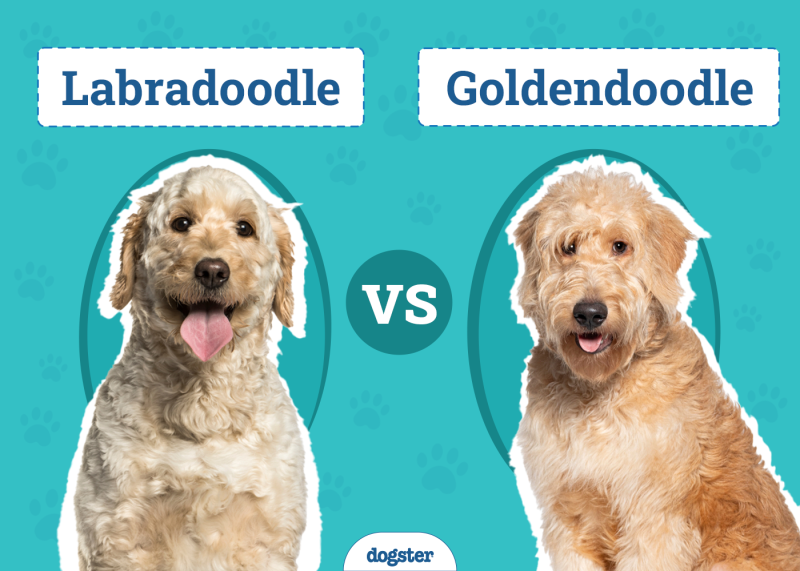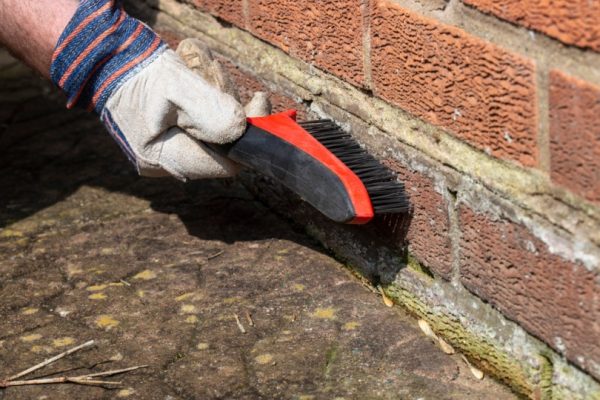In this article
Note: This article’s statistics come from third-party sources and do not represent the opinions of this website.
The pet community has been keeping a particularly close eye on shelter animals in recent years. The COVID-19 pandemic saw a significant shift in pet adoptions, as many people adopted dogs while they sheltered in place.
A growing concern in the past couple of years has been an increase in dogs being surrendered to animal shelters and rescue organizations during these post-pandemic times. We’re now starting to identify post-pandemic trends for shelter dogs, dog adoptions, and animal shelters in general. The latest statistics can help us predict certain outcomes for these organizations and the future of dog adoptions.

The 10 Shelter Dog Statistics
- As of 2023, there are about 4,000 brick-and-mortar animal shelters.
- In 2021, animal shelters saw a 9.8% increase in pet intakes from the previous year.
- In 2021, stray dogs and cats made up 52.1% of pet intakes in animal shelters.
- Between 2021 and 2022, about 40% of pet dogs were adopted from an animal shelter or rescue group.
- 48% of pet owners choose to adopt or foster a dog because it’s the right time for them, and they’re spending more time at home.
- A 2023 study showed that dogs that are taken on outings or short-term fostering can increase their odds of adoption by 500% and 1,400%, respectively.
- Dog adoptions in 2023 were 5% lower than the number of adoptions in 2019.
- In 2023, about 3.2 million dogs entered animal shelters and rescues.
- 18% of pet surrenders are thought to be due to housing-related concerns.
- In 2023, about 359,000 dogs were euthanized.
General Animal Shelter Statistics
1. As of 2023, there are about 4,000 brick-and-mortar animal shelters and rescues.
(Best Friends Network)
While there are about 4,000 brick-and-mortar animal shelters and rescues located across the country, these organizations take in over 5–6 million animals annually. 56.6% of these shelters are no-kill shelters, which means that they must have at least a 90% save rate.
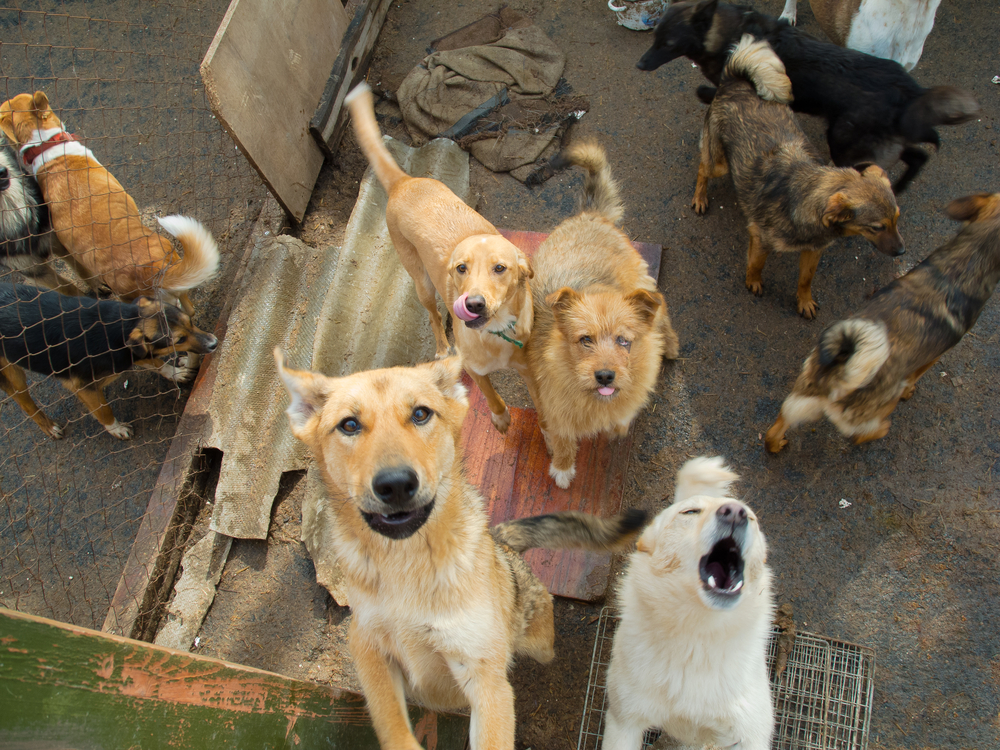
2. In 2021, animal shelters saw a 9.8% increase in pet intakes from the previous year.
(Best Friends Network)
The pandemic saw a surge in pet adoptions, as more people worked from home and had more time to care for a pet. After the pandemic, adoptions have slowed down, and shelters have started to experience an increase in pet intakes. These include stray animals, surrendered pets, and transfers from another shelter or rescue.
3. In 2021, stray cats and dogs made up 52.1% of pet intakes in animal shelters.
(Best Friends Network)
Cats and dogs make up the largest portion of pet intakes, with nearly half being either cats or dogs. Of this grouping, 50.2% were dog intakes, and 49.8% were cat intakes.


Dog Adoption Trends
4. Between 2021 and 2022, about 40% of pet dogs were adopted from an animal shelter or rescue group.
(APPA)
The majority of pet dogs acquired between 2021 and 2022 were through animal shelters and rescues. 21% of dogs were purchased from a breeder, 18% were acquired from a family member or friend, and 9% were purchased from a pet store.
5. 48% of pet owners choose to adopt or foster a dog because it’s the right time for them, and they’re spending more time at home.
(APPA)
According to a survey conducted in 2023, the top reason that people chose to adopt a dog was spending more time at home. Many people’s lifestyles have changed after the COVID-19 pandemic, and they’ve found themselves at home more often. This means that it’d be easier for them to care for and live with a dog. Other reasons most people adopted a dog include that their family wanted a pet or that they were lonely and wanted pet companionship.

6. A 2023 study showed that dogs that are taken on outings or short-term fostering can increase their odds of adoption by 500% and 1,400%, respectively.
(MDPI)
Dogs can feel stressed out when they’re at an animal shelter, and research has shown that human interaction can help make their experience in shelters better. An experiment revealed that outings and temporary foster stays did increase the number of days that a dog remained in an animal shelter. However, these outings and foster stays also significantly increased a dog’s likelihood of getting adopted.
7. Dog adoptions in 2023 were 5% lower than the number of adoptions in 2019.
(Shelter Animals Count)
Dog adoptions increased in 2023, with 109,000 more dogs getting adopted in 2023 than in 2022. However, the 2023 adoption rate is still lower than the rate in 2019, which had about 108,000 more dog adoptions than in 2023. That said, overall adoption rates have seen an increase from 2019 to 2023 due to an increase in cat adoptions.
- Also see: How Much Does It Cost to Adopt a Dog?

Post-COVID-19 Pandemic Trends
8. In 2023, about 3.2 million dogs entered animal shelters and rescues.
(Shelter Animals Count)
The number of dogs entering animal shelters and rescues has increased since 2021. There was a 0.2% increase from 2022 and 4% increase from 2021. When compared to pre-pandemic conditions in 2019, the rate of dogs entering animal shelters is still lower by 3.2%.
Of the 3.2 million dogs that have entered animal shelters, 2.2 million have been adopted.
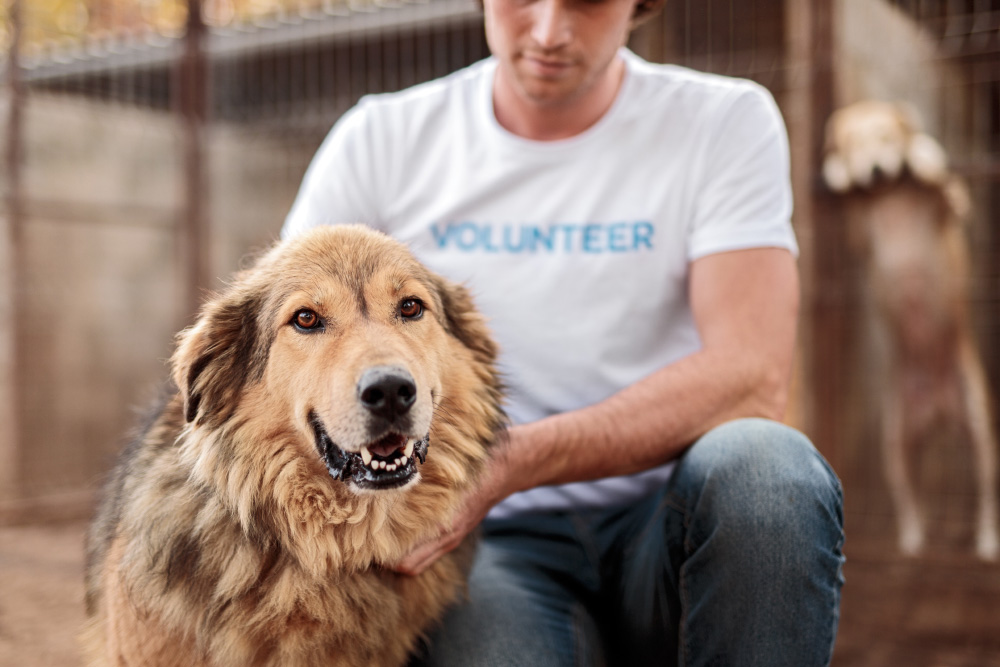
(CNBC)
Many Americans have faced an increase in economic hardships due to inflation. While it’s been fairly common to hear of people surrendering their pets due to increased prices in pet products and services, some pet owners have had to surrender their pets due to housing reasons. Renters and affordable housing can place a limitation or ban on animals, which leaves people with the difficult choice of surrendering their pets to shelters.
10. In 2023, about 359,000 dogs were euthanized.
(Shelter Animals Count)
Unfortunately, canine euthanasias and other non-live outcomes for dogs have increased, with 2023 seeing a 15% increase compared to 2022. However, the number of non-live outcomes for dogs in 2023 is still 16% lower than in 2019.
Dogs can be euthanized for several reasons: sickness, injuries, or suffering from something else. Some cases of euthanasia are due to overcrowding or the inability for successful rehabilitation.


Frequently Asked Questions About Shelter Dogs
Are shelter dogs more difficult to train?
It’s a myth that shelter dogs are more difficult to train and can’t fully adjust to living with a new family. Many have gentle and easygoing temperaments, and it may just take them extra time to get used to living in a new home. However, if you don’t know their history, you won’t know what their triggers will be.
It’s also important to note that purebred dogs that are purchased as puppies aren’t guaranteed to be more well-behaved than adopted dogs. They still need proper socialization and training and can develop challenging behaviors if they haven’t had these things. With any kind of dog, time and dedication to training are necessary for them to become well-behaved. Puppies adjust more easily to new stimuli within the socialization period that occurs between 3 and 14 weeks; after this period, they require as much work as an older dog to adjust.
How long does it take rescue dogs to adjust to a new home?
Many dog advocacy organizations follow the 3-3-3 rule for adopting dogs from an animal shelter or rescue. It can take 3 days for a dog to settle down from their nervousness about transferring to a new home. Then, it’ll take another 3 weeks for them to feel comfortable and another 3 months to start trusting and bonding with their new family.
The 3-3-3 rule provides a general framework, and not all dog adoptions will adhere to this timeline. Dogs are unique and will have varying adjustment experiences. However, the rule is still helpful because it helps people know what to expect from their dog as they get used to their new life.
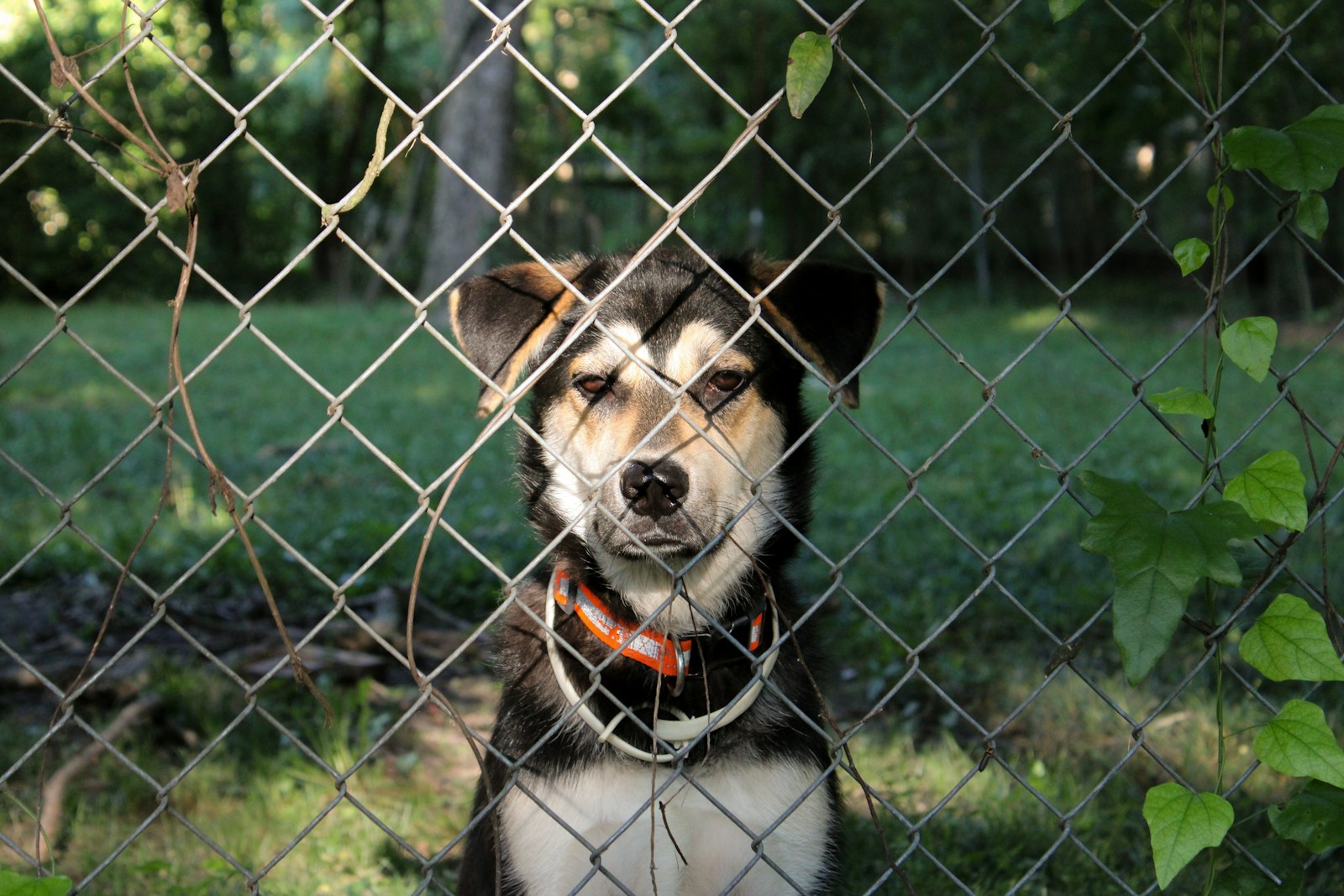
Do shelter dogs bond with new owners?
Yes, shelter dogs are capable of forming strong bonds with new owners. It may just take different amounts of time for dogs to build trust with new people. Some dogs will make themselves feel right at home and may show love and affection to their new family right away. Dogs with more reserved or shy personalities may take a few months before they decide to trust a new person fully.
Conclusion
Overall, dog adoption rates have decreased since 2020, while dog intake rates have increased. Reasons for people surrendering their dogs include inflation and rising care costs. Caring for pets has become more difficult for many people, and some must make the hard decision of surrendering or rehoming their dogs.
A promising study shows that dogs can greatly benefit from foster programs and short-term excursions with humans. Animal shelters and rescue organizations may need to invest in more of these types of programs to continue caring for houseless dogs and increasing the rate of successful dog adoptions.
Also see:
Featured Image Credit: Ground Picture, Shutterstock


